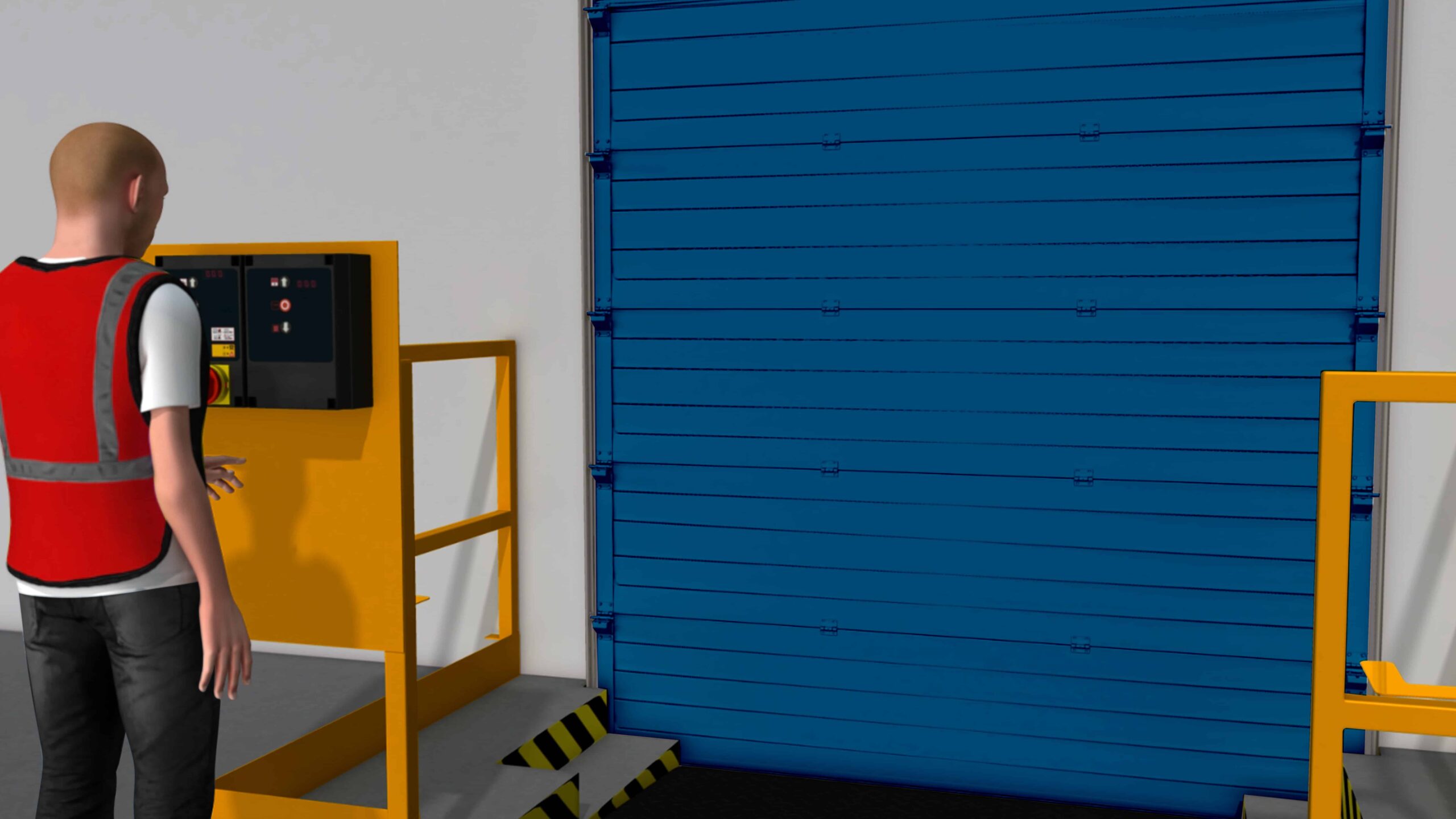Introduction
Outsourcing has become a prevalent practice in the 3D modeling industry, allowing businesses to leverage specialized skills and reduce costs. However, ensuring the quality of outsourced 3D modeling projects is a critical aspect that can significantly impact the success of a venture. In this article, we’ll delve into the nuances of quality assurance in the realm of outsourced 3D modeling and explore strategies for achieving exceptional outcomes.
Understanding 3D Modeling Quality Assurance
Quality assurance in 3D modeling involves systematically monitoring and evaluating the entire process to ensure that the final product meets the specified standards. This encompasses various aspects such as accuracy, detailing, and adherence to project requirements. A robust quality assurance process is essential to deliver high-quality 3D models consistently.
Challenges in Outsourced 3D Modeling
While outsourcing brings numerous benefits, it also presents challenges that can affect the quality of the final output. Communication barriers, time zone differences, and cultural nuances can create misunderstandings, leading to subpar results. Overcoming these challenges requires a proactive approach to communication and collaboration.
Benefits of Quality Assurance in Outsourcing
Investing in quality assurance in outsourced 3D modeling projects pays off in the long run. It not only ensures that the final product meets expectations but also contributes to cost savings. Building a reputation for delivering high-quality work can lead to lasting partnerships with outsourcing providers.
Choosing the Right Outsourcing Partner
Selecting the right outsourcing partner is crucial for the success of 3D modeling projects. Thorough research and due diligence, including a review of past projects and client testimonials, can help identify a reliable and skilled outsourcing team.
Effective Communication Strategies
Clear communication is the cornerstone of successful outsourced projects. Providing detailed project requirements, scheduling regular updates, and utilizing collaborative tools can bridge the communication gap and foster a productive working relationship.
Utilizing Technology in QA
Technology plays a pivotal role in 3D modeling quality assurance. Automated testing tools and virtual collaboration platforms streamline the QA process, allowing for efficient identification and resolution of potential issues.
Ensuring Security and Confidentiality
Security is a paramount concern when outsourcing 3D modeling projects. Implementing Non-Disclosure Agreements (NDAs) and using secure file transfer methods are essential steps to safeguard sensitive project information.
Training and Skill Enhancement
Continuous learning is vital for the success of outsourced teams. Providing training opportunities and necessary resources ensures that the team stays updated with the latest trends and technologies in 3D modeling.
Balancing Speed and Quality
While meeting deadlines is crucial, it’s equally important to strike a balance between speed and quality. Setting realistic timelines and avoiding rushed deliverables ensures that the final product meets the required standards.
Case Studies: Successful Outsourced 3D Modeling Projects
Examining real-world examples of successful outsourced 3D modeling projects showcases the positive impact of effective quality assurance processes. These case studies serve as inspiration for businesses looking to achieve similar success.
Future Trends in 3D Modeling QA
Looking ahead, the integration of artificial intelligence and virtual reality is poised to revolutionize 3D modeling quality assurance. These technologies can enhance accuracy, speed up processes, and provide new possibilities for quality control.
Common Pitfalls and How to Avoid Them
Identifying and avoiding common pitfalls in outsourced 3D modeling projects is crucial for success. Clear guidelines, active feedback mechanisms, and a commitment to continuous improvement are key factors in steering clear of potential issues.
Client Responsibilities in QA
Clients also play a vital role in ensuring quality in outsourced 3D modeling projects. Providing detailed project briefs, actively participating in the QA process, and maintaining open communication contribute to successful collaborations.
Conclusion
In conclusion, quality assurance is a linchpin for achieving excellence in outsourced 3D modeling projects. Businesses that prioritize and invest in robust QA processes are more likely to reap the benefits of high-quality deliverables and lasting partnerships. As the industry continues to evolve, embracing technology and maintaining effective communication will be key to staying ahead.




